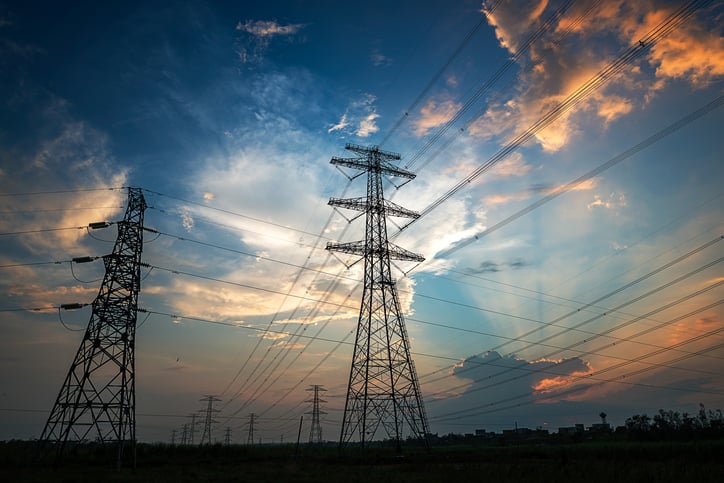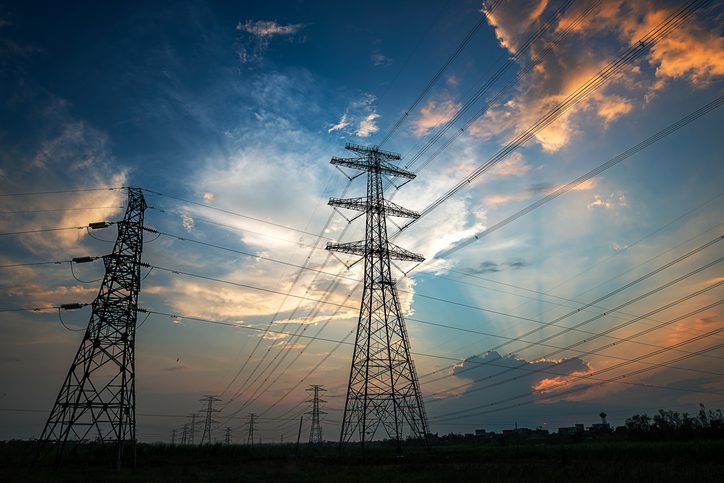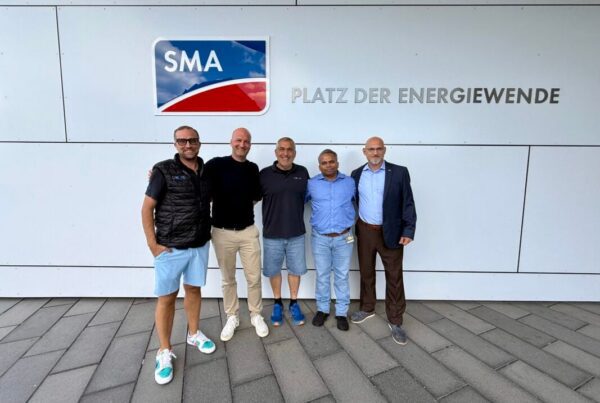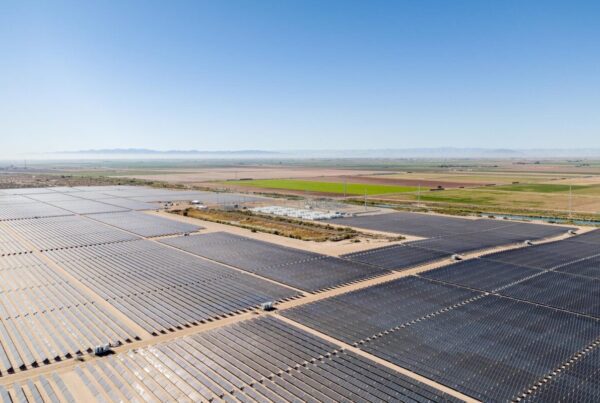
US solar developers are railing against the country’s long interconnection queues, blaming a lack of investment and poorly timed processes for inhibiting project deployment, driving up costs and leading to widespread cancellations.
In April, a Lawrence Berkeley National Laboratory (LBNL) analysis showed there was almost 1TW of renewable energy capacity – 700GW of which was solar PV – and an estimated 427GW of storage active in US interconnection queues at the end of 2021, with wait times growing year-on-year and solar PV experiencing particularly long delays.
Moreover, the median number of months from an interconnection request to commercial operations date (COD) for solar had risen from around 10 months in 2010 to almost 60 in 2020.
Some US developers told PV Tech Premium that connecting projects to the grid can take anywhere from four to eight years to complete the interconnection process and achieve commercial operations date.
“We’ve seen the need for queue reform nationwide for some time, with many of the interconnection queues forcing these projects to wait years before initial studies can even kick off,” said Ali Chowdhury, vice president of Transmission & Interconnection at US developer 8minute Solar.
And Chowdhury is not alone. Leonardo Moreno, president of AES Clean Energy, told PV Tech Premium long interconnection queues pose a “significant problem” to AES’ operations, “especially when the length of time to interconnect projects expands with no clear end in sight.”
“The long time period to interconnect makes it more difficult to deliver projects to customers on time, and increases the costs to develop the project, thus making our projects and the power they produce more expensive,” said Moreno.
One large US developer told PV Tech Premium that even once initial interconnection studies are completed, which themselves take up to two years, delays by the local utilities and disputes over upgrade costs extend the process further still.
Moreover, the source said that the identification of upgrade needs was based on “extremely conservative assumptions” in some cases that led to “unrealistic upgrades” in terms of cost and duration, creating a more volatile and uncertain queue system.
AES’ Moreno said that, because of the long queues, the company has started entering longer option agreements with its land partners and, in some cases, extending the date it delivers power to customers.
Meanwhile, 8minute Solar has taken a closer look at project geography. “We’re being forced to look deeply into how we can be more efficient in our prospecting efforts,” said Chowdhury, “ensuring that the selected points of interconnection (POIs) are locations that are truly viable.”
And there is a geographical element to this problem with some RTOs and ISOs performing better than others, linked to both demand, capacity and infrastructure in those areas. The source said the problem was most prominent in the PJM, SPP and MISO regions, while Chowdhury said, from his businesses’ perspective, that CAISA had been “the most efficient and structured throughout the country”.
Chowdhury, however, does remind us that “the long interconnection queues aren’t the root cause of the challenges that developers are facing”.
“Rather, it’s the number of projects in those queues and the significant amount of proposed generation that are forcing utilities to find solutions in real time to support these projects on their system — driving up the costs of network upgrades to the interconnection customers,” he argued.
But then, with the appetite for renewables in the US showing no sign of abating and transmission reform still slow, what can be done at the federal level to address the issue?
Federal action to address interconnection wait times
Earlier this year, US’ Federal Energy Regulatory Commission (FERC) has issued a Notice of Proposed Rulemaking (NOPR) that aims to address transmission grid planning and cost allocation issues in order to open up access to more renewable energy projects.
Under the proposed changes to Regional Transmission Planning, transmission providers would be required to conduct planning on a sufficiently long-term, forward-looking basis as well as identifying transmission needs through multiple long-term scenarios that incorporate a minimum set of factors.
Transmission providers would also be expected to seek the agreement of relevant state entities regarding the cost allocation for transmission facilities and establish a before the event cost allocation method for transmission facilities.
Those PV Tech Premium spoke to welcomed some of the measures mooted by FERC, with the above source claiming that while generators are expected to put funds at risk and stick to deadlines in the interconnection process or else be kicked out of the queue, most utilities have consistently “blown through their deadlines with no consequences”.
The NOPR proposed a US$500 per day penalty for utilities that miss deadlines and the source said they hoped the regulator ensured the final law will contain “some real teeth” to hold utilities and RTOs to account.
Chowdhury said the industry was witnessing a “domino effect” in regards to reforms. “MISO, PAC, SPP and CAISO have all implemented higher interconnection request deposits, stricter site control requirements, financial obligations to maintain a position in the queue, all to ensure that developers are submitting real and viable projects,” he said. “However, even with these additional controls in place, we’re seeing highly congested queues and backlogged studies.”
He too suggested FERC could implement stricter penalties for utilities that are unable to meet their deadlines as well as implement a universal standardised interconnection process timeline for all utilities, increase in-house utility personnel to facilitate processes and set limits on inflationary outsourcing to consultants and eliminate the serial study process and convert to the cluster study model, which was raised by more than one developer.
One thing that should offer the industry some hope for the future is that both FERC and the DOE are aware of the size of the interconnection problem. As such, in June, the DOE launched the i2X initiative to ease the US’ massive interconnection queues, reduce wait times and lower grid connection costs.
i2X is a stakeholder assembly and engagement project that seeks to coalesce key actors in the interconnection space to come up with workable solutions to the US’ interconnection problem.
PV Tech will be exploring the i2X initiative in more depth in the next edition of PV Tech Power, due out in September, through interviews with those on the initiative, the DOE and national laboratories.






